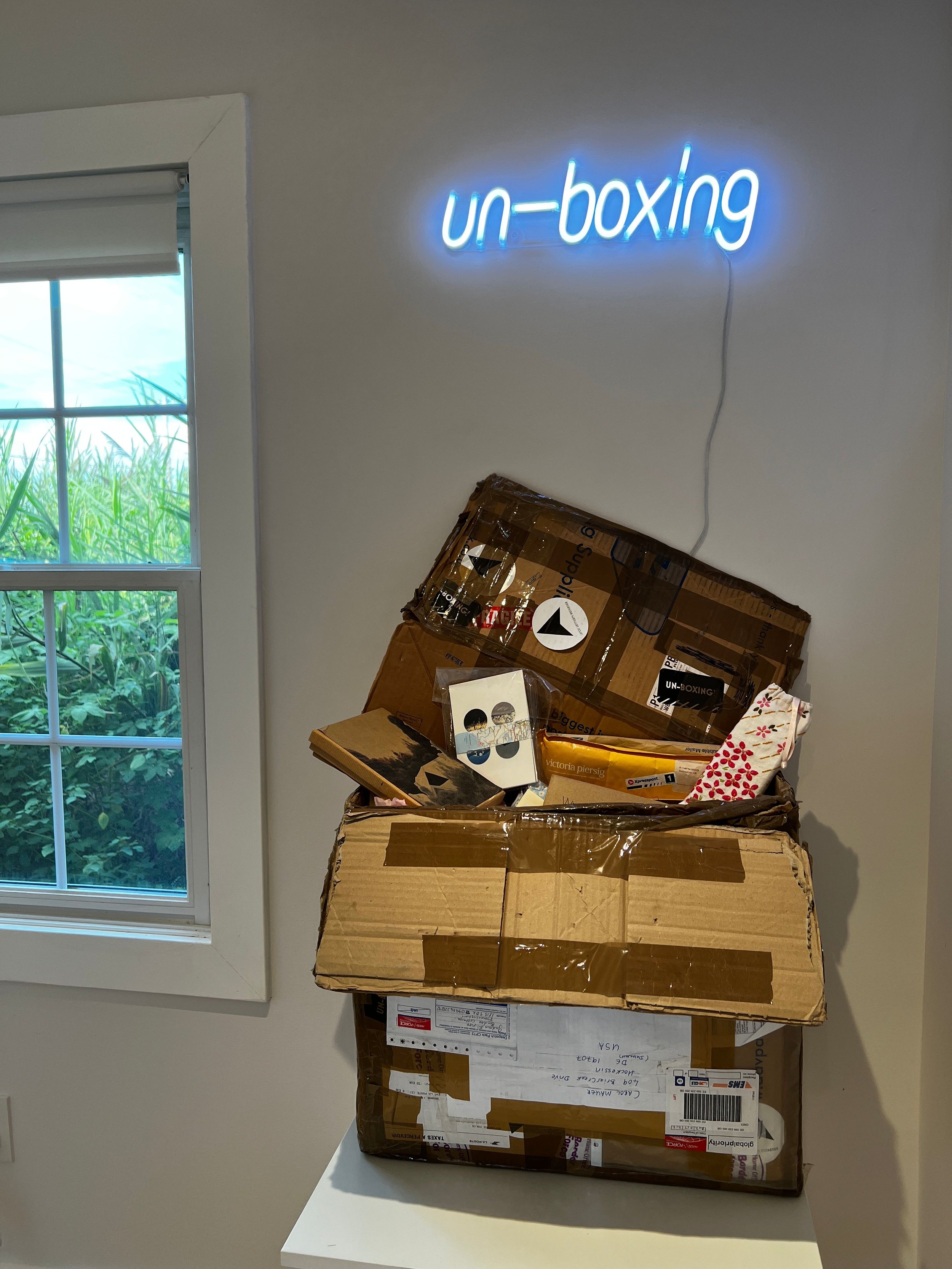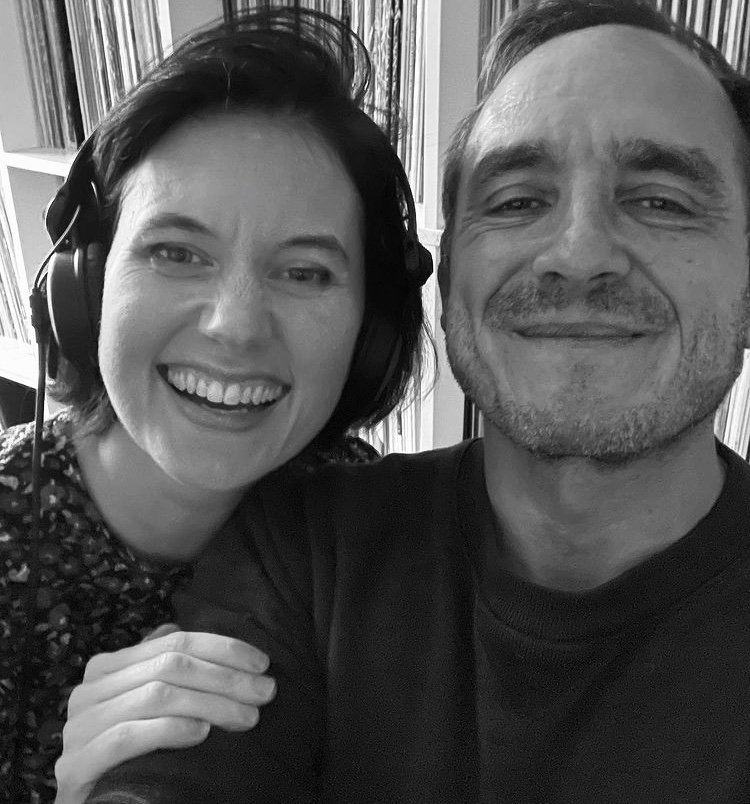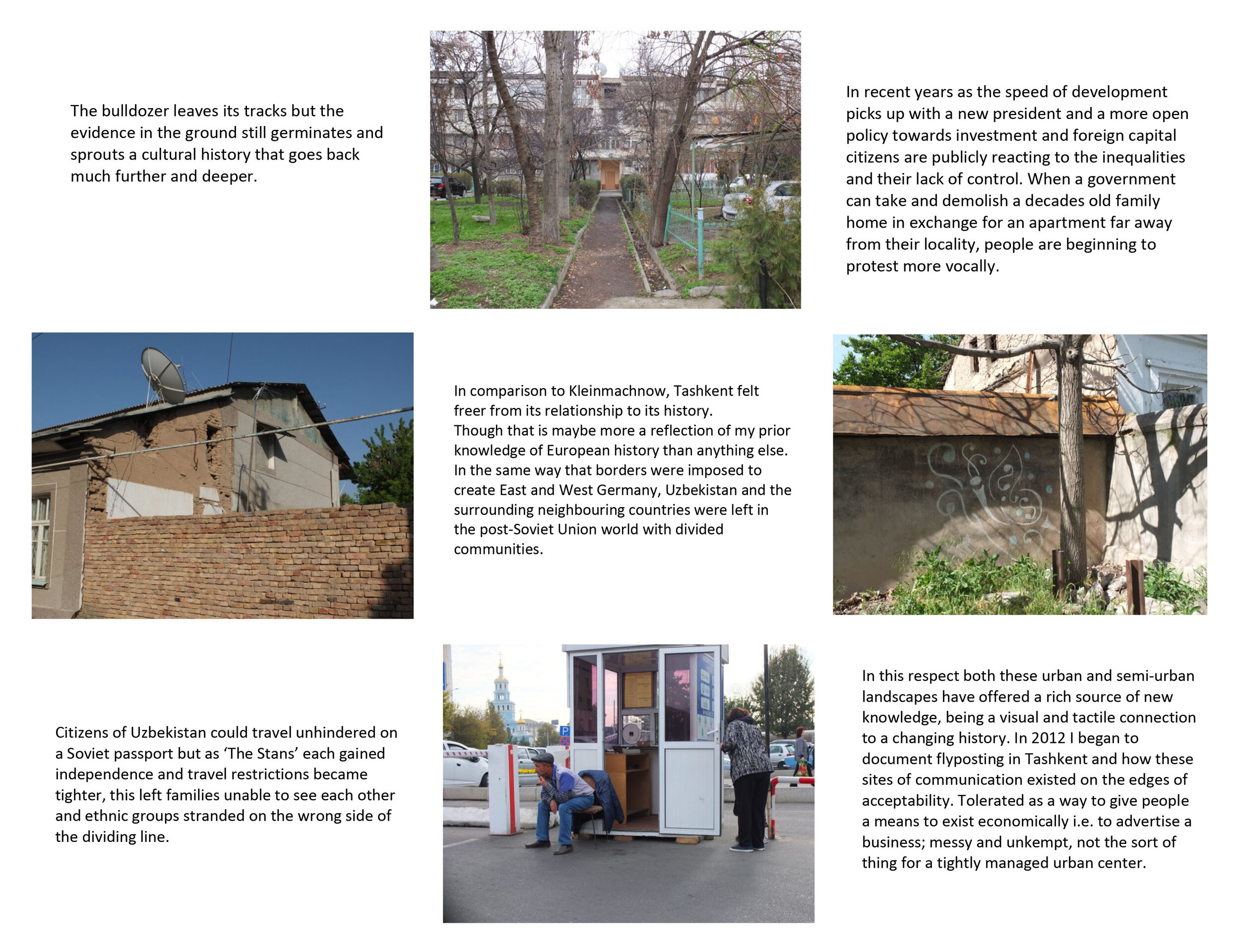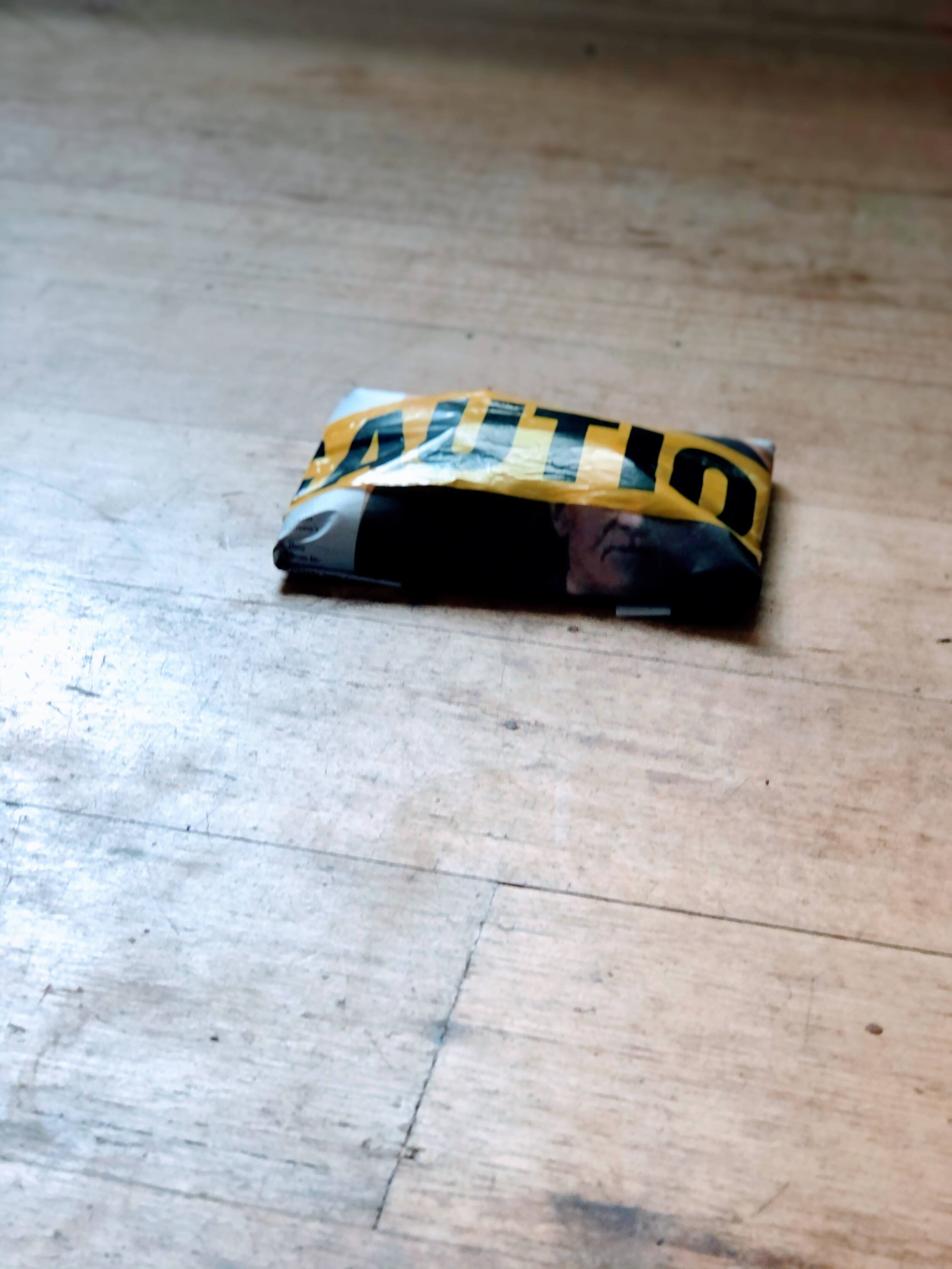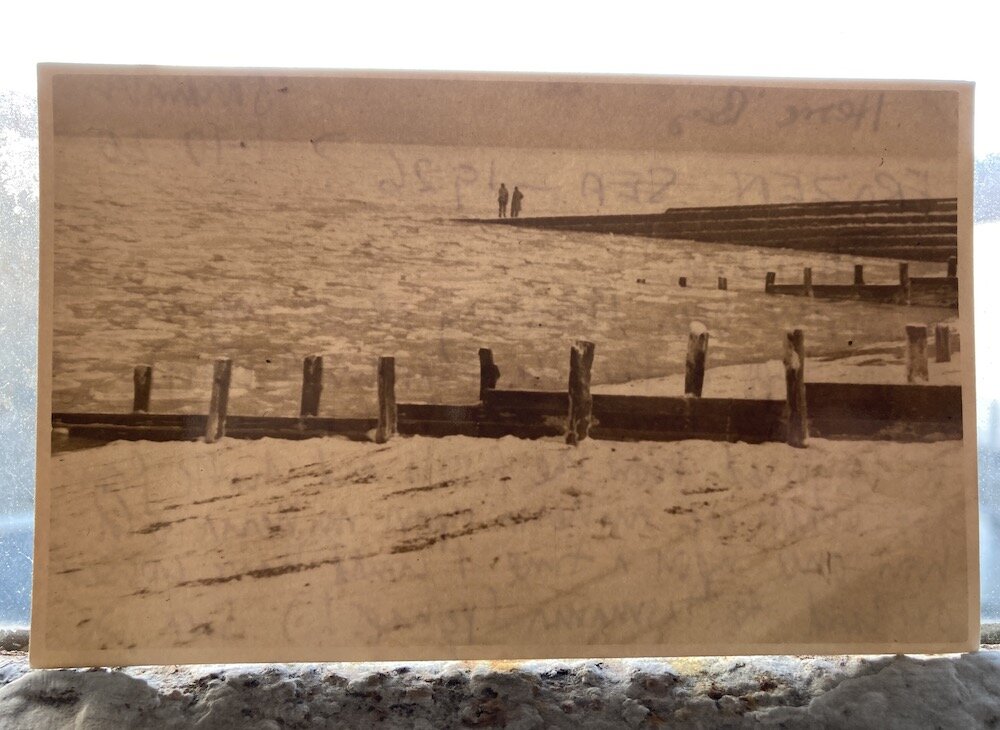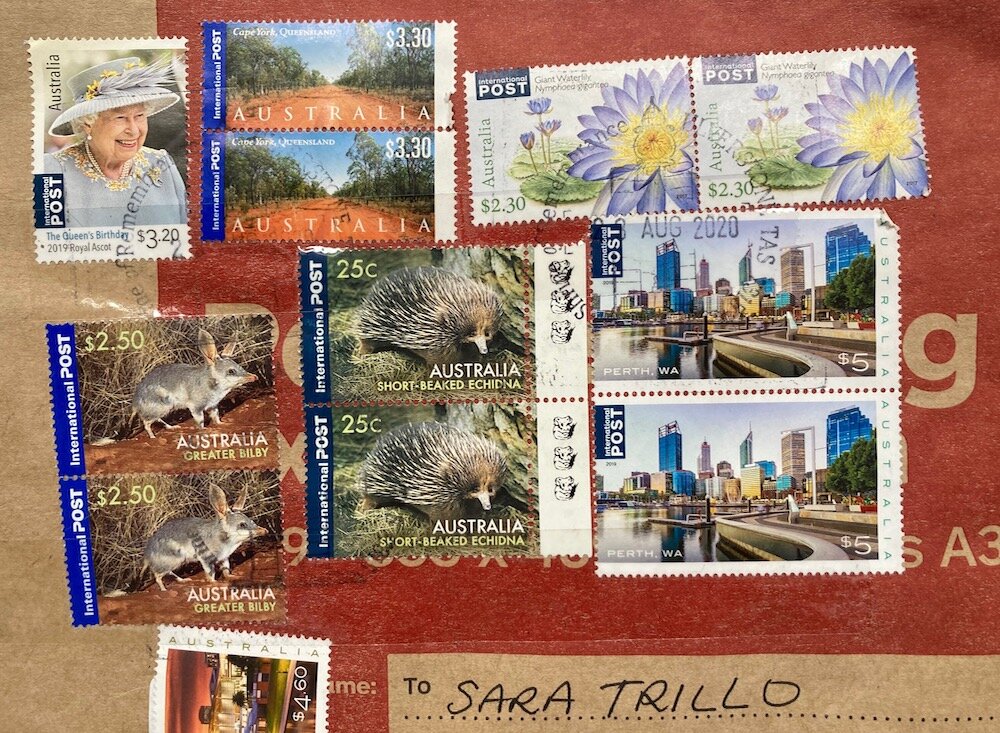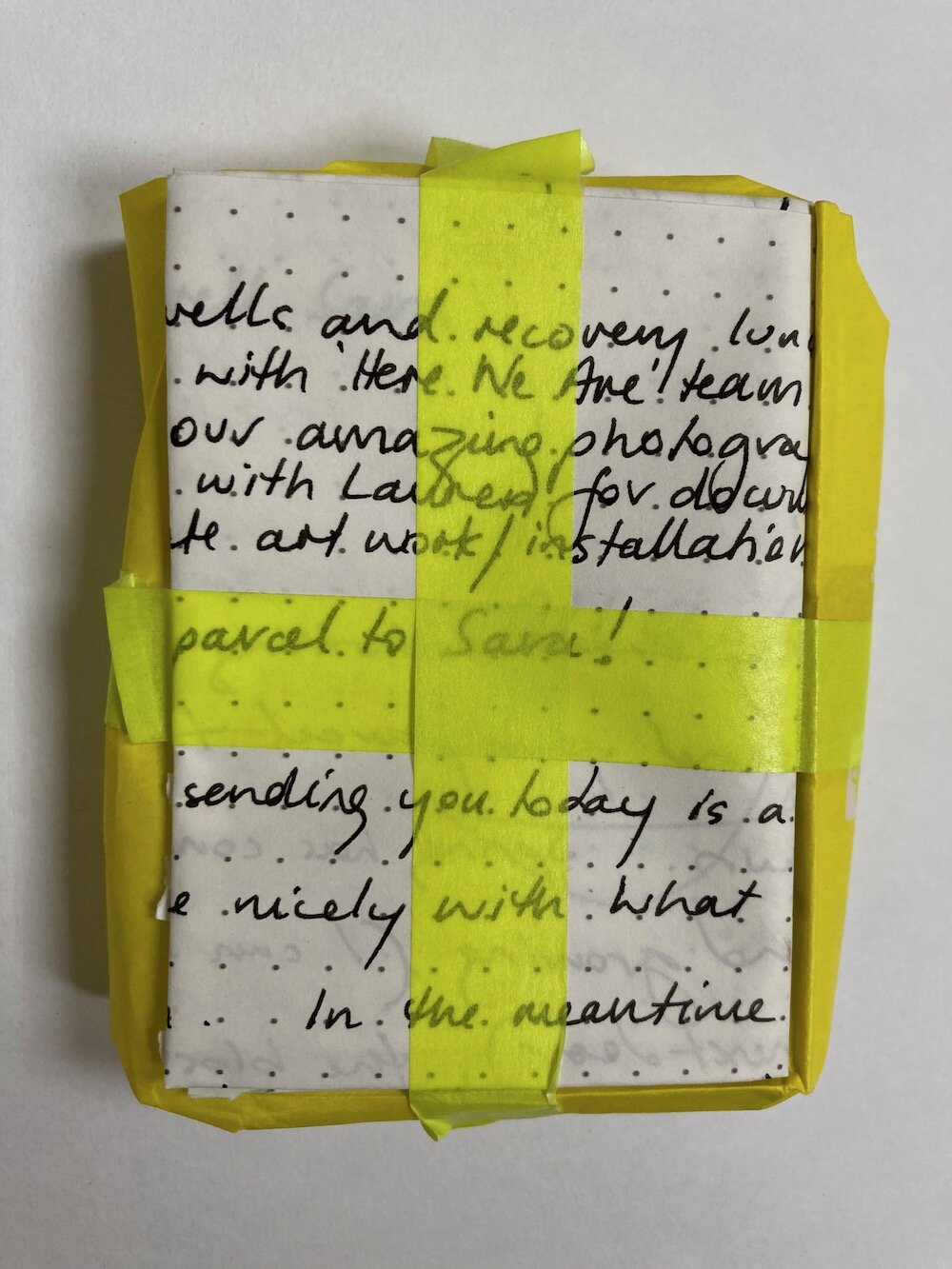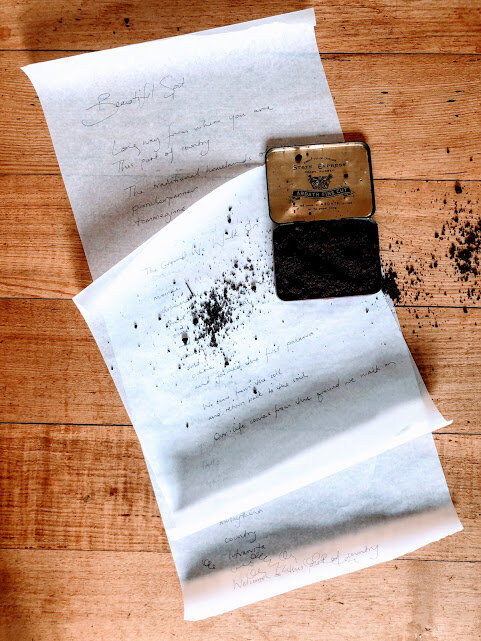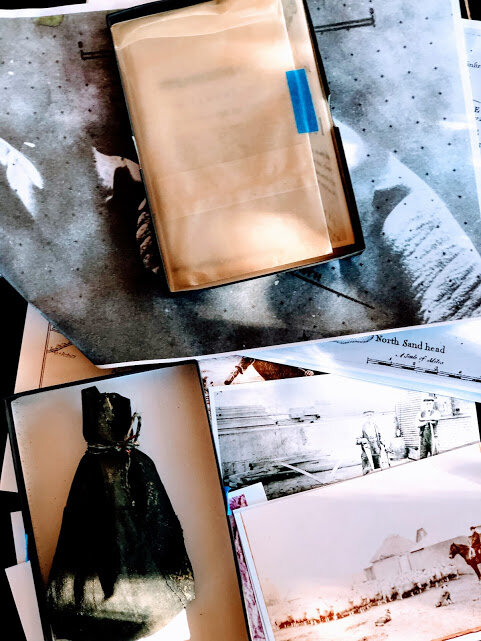Jessica Auer - Birdwatchers Ingólfshöfði
Link to eventbrite for audience members https://www.eventbrite.co.uk/e/iceland-mobility-spatiality-virtuality-tickets-155597599609
CALL FOR PAPERS AND PRESENTATIONS.
A one day symposium organised by (Arts) Territory Exchange, Centre for Mobility Research (Cemore) LICA, Lancaster University and Ströndin Studio, Seydisfjördur, Iceland. 11th June 2021.
Iceland has long been considered a home for arts and cultural tourism. From WH Auden's letters from Iceland, where British readers contemplated Iceland from a distance to the Artist Residency Industry which attracts thousands of artists from Europe, the US, Canada and elsewhere every year. This symposium plans to ask what it is about Iceland in particular that ignites such desire to travel and what has the travel hiatus meant for the touristic imagination? The symposium will investigate our desires as cultural producers, to touch, breathe and tread the Icelandic landscape and explore digital and postal alternatives to encountering 'place' as well as investigating the impact of digital travel on the cultural tourism economy.
///
In Light of Covid's forced travel hiatus this symposium seeks to think about Iceland through the dimensions of Mobility, Spatiality and Virtuality.
Referencing the text “Understanding and Constructing Shared Spaces with Mixed-Reality Boundar- ies” (1998) by Steve Benford et.al which describes different properties of “Shared Spaces” and the complex social and performative sphere made of mixed-reality boundaries and the joining real and virtual spaces across what he names as Transportation, Spatiality and Artifci-ality, it becomes clear that the travel hiatus forced by Covid created a disorientation of these established concepts and their hierarchies in relation to experiencing 'research', 'field work' and emotional connectivity (with loved ones and landscapes) across terrains of the embodied, physical, spatial and cognitive. The in-between spaces, digital terrains deemed as artifcal have been deepened as relational and embodied in a new way as we have had to rely on others to vicarously demonstrate and share landscapes and their sensory contents across distances.
As a prompt we will look at these ideas alongside Lucy Lippard's critique of the research trip model of artists 'parachuting in to soak up place' (2018) how can we think about non-extractive and respectful means of cultural production that go beyond re-hashing the typical views of Iceland and ways to merge both remote and on the ground or 'embodied' experiences which may eskew what Jóhannesdóttir (2016) calls the striving towards controlling and owning landscapes as we begin to travel again.
Confrmed contributers
Keynote Speaker - Jessica Auer.
Jessica Auer is a Canadian photographer and visual artist who works between Montréal, Québec and Seydisfjördur, Iceland. Her work is broadly concerned with the study of landscapes as cultural sites, focusing on themes that connect history, place, journey and cultural experience. She is best known for her large format photographs that examine the ways in which landscapes have been preserved, altered or commodifed for sightseeing. In the last decade, she has completed over a dozen photography and video projects and published two photo books. An avid wanderer, she has participated in several international artist residencies, working in many Nordic and island environments across Canada and Scandinavia. While in Montréal, Jessica teaches photography at Concordia University.
Artist presentations.
Rhona Eve Clews and Berglind Hreiðarsdóttir.
The artist/photographers will talk about their collaboration through (Arts) Territory Exchange which has taken place between London, Iceland and Sweden since 2018, touching on their postal exchanges, distance and proximity in their collaboration and the relationship to both their locations as they have deepened their exchange through lockdowns, thinking about female bodies, landscape, alternative photography and performance.
///
We are looking for; papers, Artist presentations and experimental responses to the material. – Please send a 100 word bio, 200 word abstract, (with weblinks to images and digital material where necessary) to both gudrun@artsterritoryexchange.com and j.a.southern@lancaster.ac.uk by May 20th.
We want to accommodate as many proposals as possible so each presentation will be 8 – 10 minutes long. We will accept pre-recorded presentations if you are in a diferent time zone or have caring responsibilities which preclude attendance on the 11th June.
There may be opportunity for papers to be developed for publication at a later date.
Proposals will touch on but not be limited to the following in regard to Iceland: Experiences of past travel and travel longing, telepresense, co presence across distances, desires to 'touch' across distances, missing, sensual experience of place, mediated experiences, long distance exchange (postal and digital) telematic art and the arctic regions, digital environmentalism, post-tourism, touristic extractions and souvenir collecting, itinerant research methods, cultural residency and travel cultures (and their virtual counterparts), fight and slow travel, Covid and effects on the cultural tourism industry, Instagram and tourism, how Icelandic artists view cultural tourists, archeology, excavation and tourism in Nordic countries. Iceland as metaphor(queerness inbetweenness – Myles 2009), alternative photography and Iceland. Feminist experiences of landscape.
Refs.
Benford, Steve. Greenlaugh, Chris. Understanding and Constructing Shared Spaces with Mixed- Reality Boundaries. .ACM Transactions on Computer-Human Interactions 5 (3):185-223. DOI:10.1145/292834.292836. September 1998
Jóhannesdóttir, Guðbjörg Rannveig Phenomenological Aesthetics of Landscape and Beauty inPhenomenology and the Environment, edited by Bryan Bannon, 187-214. Rowman & Littelfeld, 2016
Lippard, Lucy. Canadian Art 2018 https://canadianart.ca/essays/lucy-lippard-then-and-now/ Myles, Eileen The Importance of Being Iceland Travel Essays in Art Semiotext(e) 2009.





